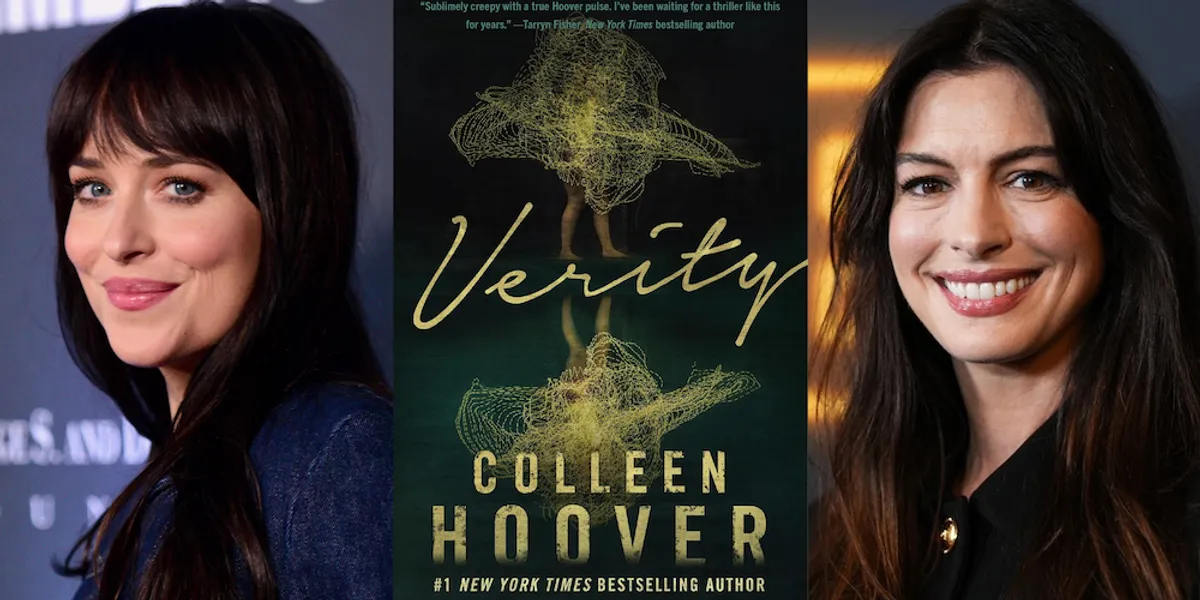It’s been nearly two decades since Emma Thompson’s Nanny McPhee last charmed audiences with her peculiar mix of sternness and warmth — a magical nanny who appears when she’s least wanted but most needed. Now, in 2026, she returns for what could be her most profound story yet.
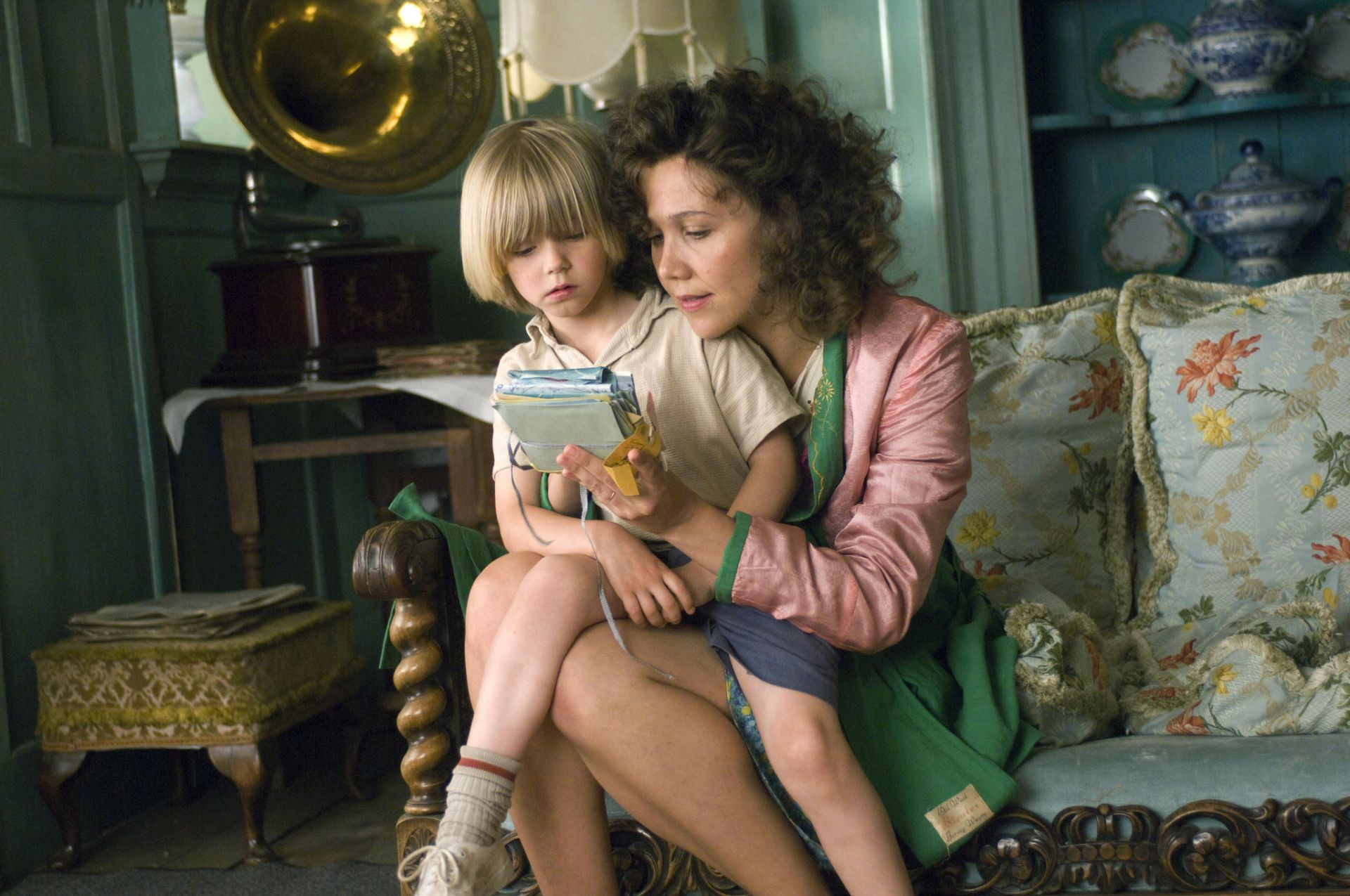
Directed by Kirk Jones and written by Thompson herself, Nanny McPhee (2026) revisits the timeless question:
“What happens when the world stops believing in kindness, imagination, and each other?”
And this time, the answer unfolds not in the rustic countryside of Edwardian England — but in the glowing blue light of tablets, smartphones, and broken family connections.
🌍 A Modern World, Losing Its Magic
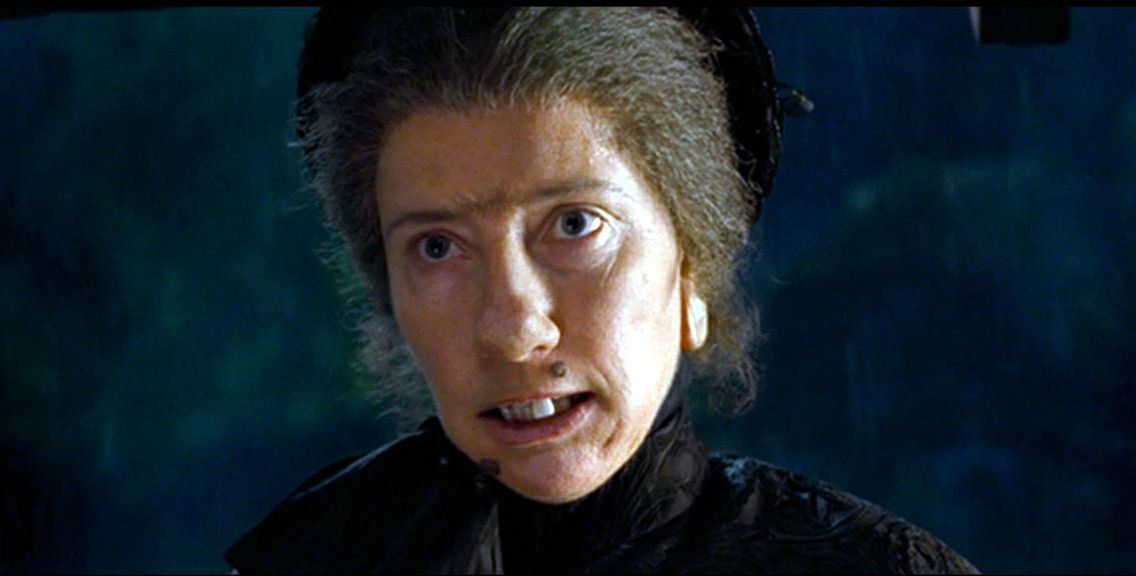
The story centers on the Harper family — a single mother, exhausted from juggling work, bills, and the relentless demands of modern life. Her three children are unruly, glued to screens, and detached from one another. There are no shared dinners, no laughter echoing through the halls — only the quiet hum of Wi-Fi.
When chaos reaches its peak, an unexpected visitor knocks at the door.
Her walking stick taps once, the lights flicker, and the world begins to rearrange itself.
Nanny McPhee has returned.
But unlike before, she’s not just teaching manners and discipline.
She’s confronting a new kind of emptiness — the loneliness of a world that has replaced connection with convenience.
A Legacy of Lessons — Reimagined for a New Age
Each Nanny McPhee film follows a familiar rhythm: she arrives to correct unruly behavior and leaves when her lessons are learned. But this time, the lessons are more layered — and more urgent.
In Nanny McPhee (2026), the magic isn’t simply about turning donkeys into boys or rearranging furniture with a flick of the cane. It’s about reawakening empathy in a generation raised by algorithms.
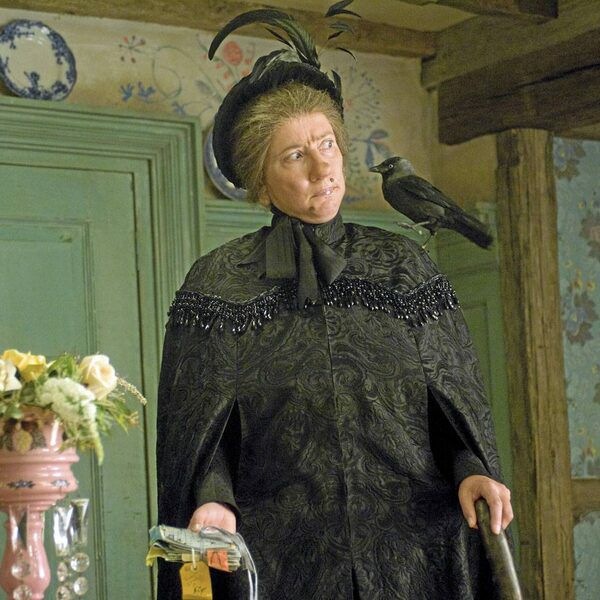
Her “Five Lessons” may take new form:
-
Listen before you speak.
-
Share before you take.
-
Care before you command.
-
See before you judge.
-
Love before you leave.
Each lesson unfolds through wondrous chaos — toys that come to life, virtual screens that melt into watercolor skies, and a world where technology itself seems to bow to her sense of order. But beneath the spectacle lies something deeper: a call to remember what makes us human.
💫 Emma Thompson’s Evolution — From Caretaker to Myth
Emma Thompson once described Nanny McPhee as “Mary Poppins with a dark edge,” a figure of both discipline and compassion. In this new chapter, she’s something even more enigmatic — a guardian on the edge of myth.
Time has changed her.
Her magic feels heavier, more fragile — as though drawn from the fading belief of children.
And as secrets from her own past come to light, we begin to glimpse her origin. Who was she before she became the mysterious nanny? What sacrifice ties her to this duty of guiding lost families?
There are whispers that this film may explore her mortality — the idea that her magic, like imagination itself, only survives as long as people still believe.
This emotional depth could make Nanny McPhee (2026) not just a continuation, but a reflection on the cost of hope — and the bittersweet nature of letting go.
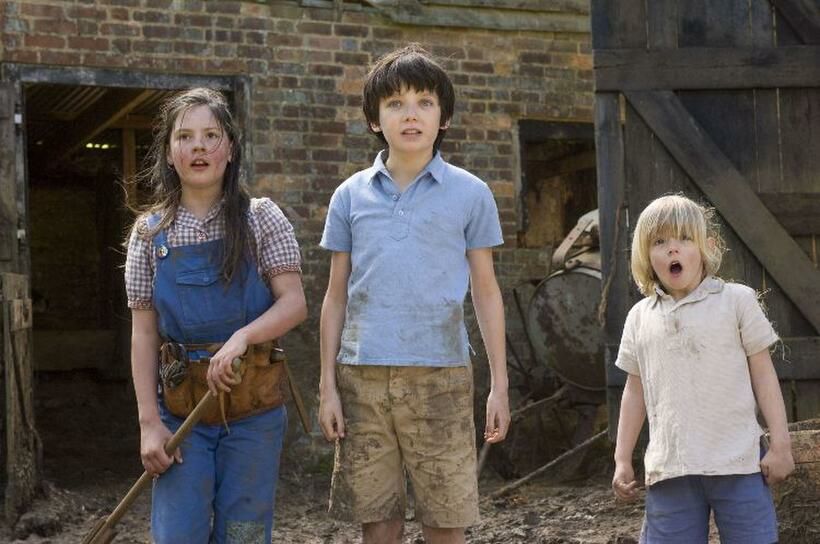
👩👧 The Heart of the Story — Family in the Digital Age
At its core, this is a story about reconnection.
The Harper family mirrors the struggles of millions: parents buried in responsibilities, children addicted to distraction, and a home where silence replaces laughter.
Nanny McPhee doesn’t simply restore order — she restores wonder.
She reminds them that imagination isn’t a distraction from life — it is life.
In one rumored scene, the eldest child, frustrated and cynical, tells her:
“Magic isn’t real anymore.”
To which she replies, smiling faintly:
“It isn’t real until you believe in it again.”
That line encapsulates what Nanny McPhee (2026) truly represents — a quiet protest against the loss of wonder in modern childhood.
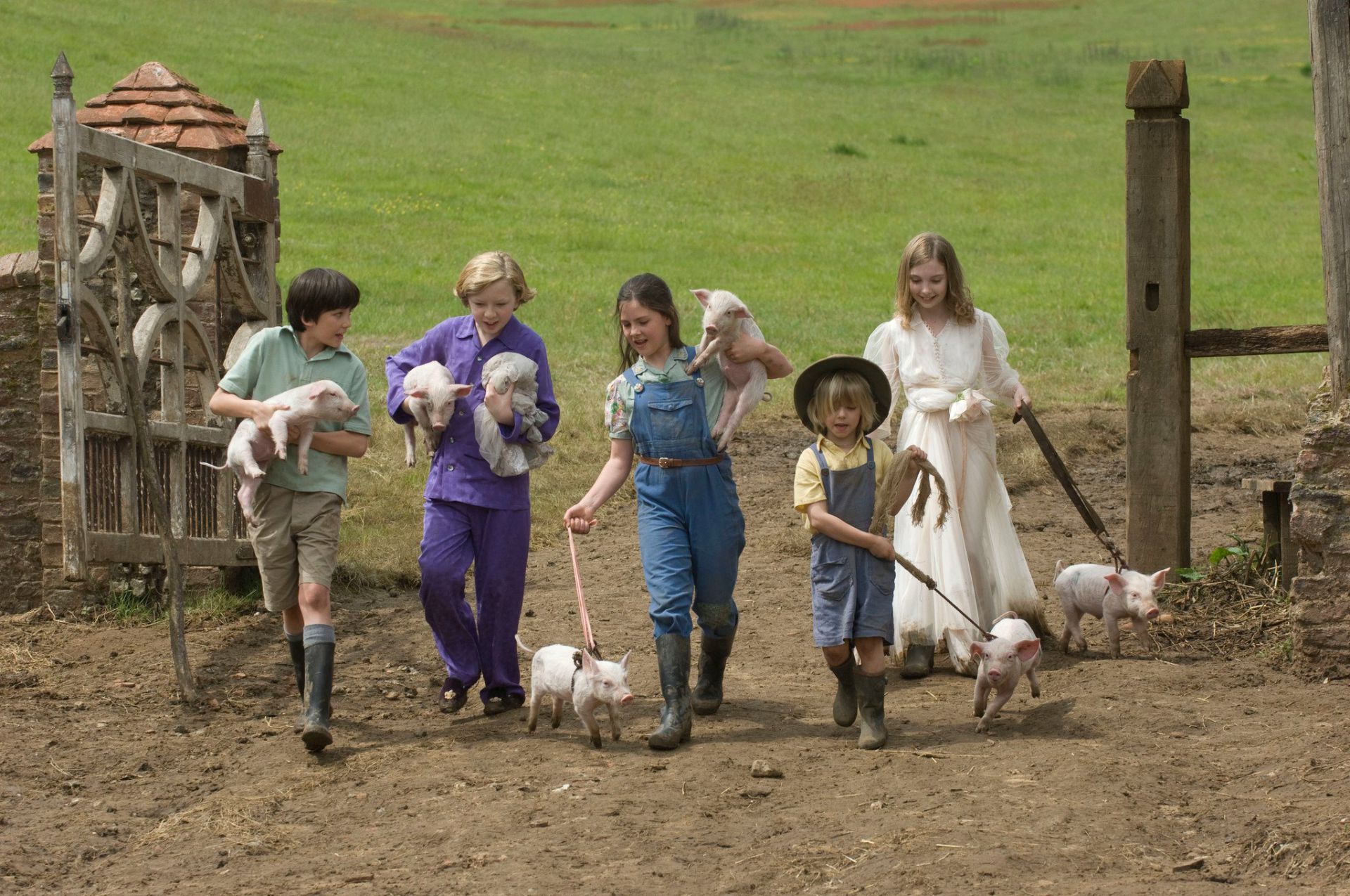
🎻 Music, Mood, and Magic
The film is expected to blend whimsical orchestral themes with gentle modern tones, possibly featuring an original score that bridges nostalgia with renewal.
Visuals lean into soft pastels and glowing light — transforming the ordinary (a kitchen, a backyard, a rainy day) into portals of imagination.
Think Paddington’s warmth meets Mary Poppins Returns’ visual splendor, but grounded in Thompson’s poetic realism.
🎬 Why Audiences Are Excited
For older fans, this is more than a sequel — it’s a reunion.
It recalls a simpler time in cinema when fantasy carried moral wisdom rather than spectacle.
For younger audiences, it’s a story about rediscovering connection in an age of disconnection — an emotional mirror of their own digital childhoods.
And for film lovers, it’s the return of Emma Thompson’s signature storytelling: witty, heartfelt, and deeply humane.
Nanny McPhee (2026) could bridge generations — much like the nanny herself — by reminding us that kindness, patience, and imagination are the oldest forms of magic we have.
🕯️ A Farewell to Magic — or a New Beginning?
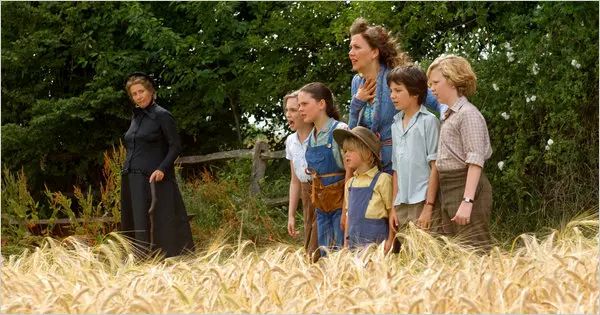
If early story leaks are to be believed, the film ends on a note both hopeful and melancholic.
Nanny McPhee, her mission complete, prepares to vanish — not into thin air, but into memory. Yet before she goes, she leaves behind her cane, now glowing faintly in the hands of the youngest Harper child.
Her final words echo through the quiet house:
“When you can see the beauty in what’s ordinary, you’ll never lose me.”
And with that, she’s gone — but her legacy remains.
💖 The Magic of Belief
Nanny McPhee (2026) is not just a family film — it’s a fable for our times.
It’s a reminder that kindness isn’t old-fashioned, that imagination still matters, and that even in the digital age, the greatest magic is love itself.
Emma Thompson once said that Nanny McPhee appears “to teach people how to be human again.”
In a world that’s forgotten how to believe, that lesson feels more urgent — and more beautiful — than ever.


